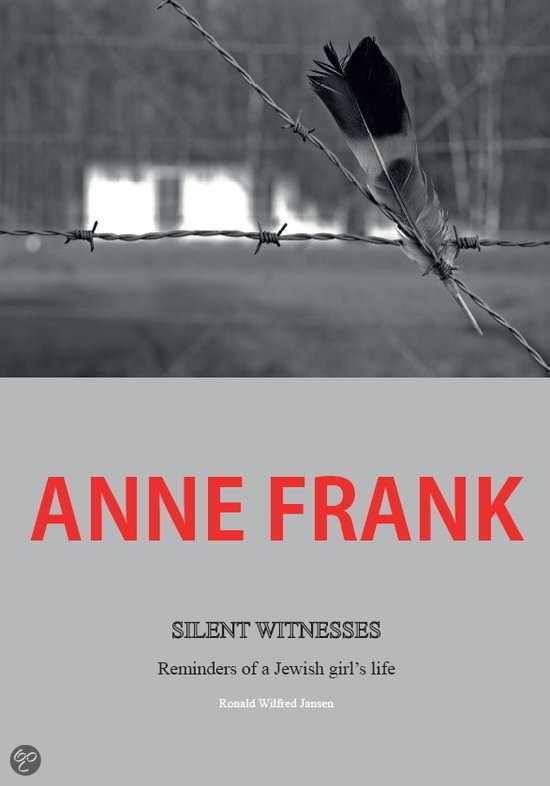It looks like you've stumbled upon a page meant to be read by our code instead of viewed directly. You're probably looking for this page.
Anne Frank
Silent Witnesses: Reminders of a Jewish Girl's Life
Everywhere Anne Frank might have gone on her tragic journey bears silent witness in this travelogue/history.
Ronald Jansen (Anne Frank: A Memorial Tour in Current Images, 2011) returns to a topic of personal fascination with his newest work on Anne Frank, a book that is both a travelogue and a history. It’s informative, yet disquieting in ways that sometimes seem to exceed intent.
Jansen admits at the outset that a wealth of information already exists surrounding Anne Frank, who has occupied the world’s imagination since the postwar publication of her diary. His decision to visit the sites of her life, those she experienced prior to and after her hiding, involves concerns beyond those of a mere biographer; by preserving images of the world she saw, he hopes to generate renewed interest in maintaining places that might speak to Anne as a cultural heritage.
The photographs themselves aren’t included until late in the project and come to seem something of an appendix to the larger work. Jansen first attempts to re-create Anne’s world with words alone, tracing her family life chronologically, beginning with Otto Frank and his service during the first World War. Most of what one garners here isn’t new, though Jansen does a good job of synthesizing many disparate sources.
Included throughout are recollections from Jansen’s memorial tour: reflections of the buildings and streets that Anne may have been in or traveled. He speculates on what she may have felt or experienced in some places, empathizing with children of wartime. That much is left to conjecture punctuates the tragedy of her premature death, which, Jansen reminds the reader several times, was effected simply because she was Jewish.
These speculations sometimes result in odd moments, though. Buildings the family may or may not have noticed with appreciation become essential to maintain, ostensibly because they are reminders of the world the Franks lived in. The loss of the tree she looked out on from the window of the Annex is mourned; so, too, is the demolition of the prison barracks where the Franks were held before deportation to Auschwitz.
Jansen places Anne within the context of the larger tragedy of the Holocaust, but arguments that incidental places from the Franks’ lives bear “silent witnesses” leave little in Amsterdam subject to change. Each brick or street name in the book becomes a monument to what was lost. Such focus on the minute (where have Anne’s shoes gone to, where is the pillow on which she laid her head?) makes adequate memorializing seem impossible.
Jansen visits sites reverently, but even his reverence comes to seem voyeuristic at times: “in my mind, I saw Anne walking around the house. If I would have been able to travel back in time … and meet her in real life, I wonder whether I would have been able to handle [it],” he says at one point. In another, “the annex was deserted, but I did not see Anne,” holds the flavor of disappointment. What, precisely, Jansen expects from his memorial journey comes into question.
If occasionally discomfiting, this is a well-intentioned and well-researched project.
Reviewed by
Michelle Anne Schingler
Disclosure: This article is not an endorsement, but a review. The publisher of this book provided free copies of the book and paid a small fee to have their book reviewed by a professional reviewer. Foreword Reviews and Clarion Reviews make no guarantee that the publisher will receive a positive review. Foreword Magazine, Inc. is disclosing this in accordance with the Federal Trade Commission’s 16 CFR, Part 255.
